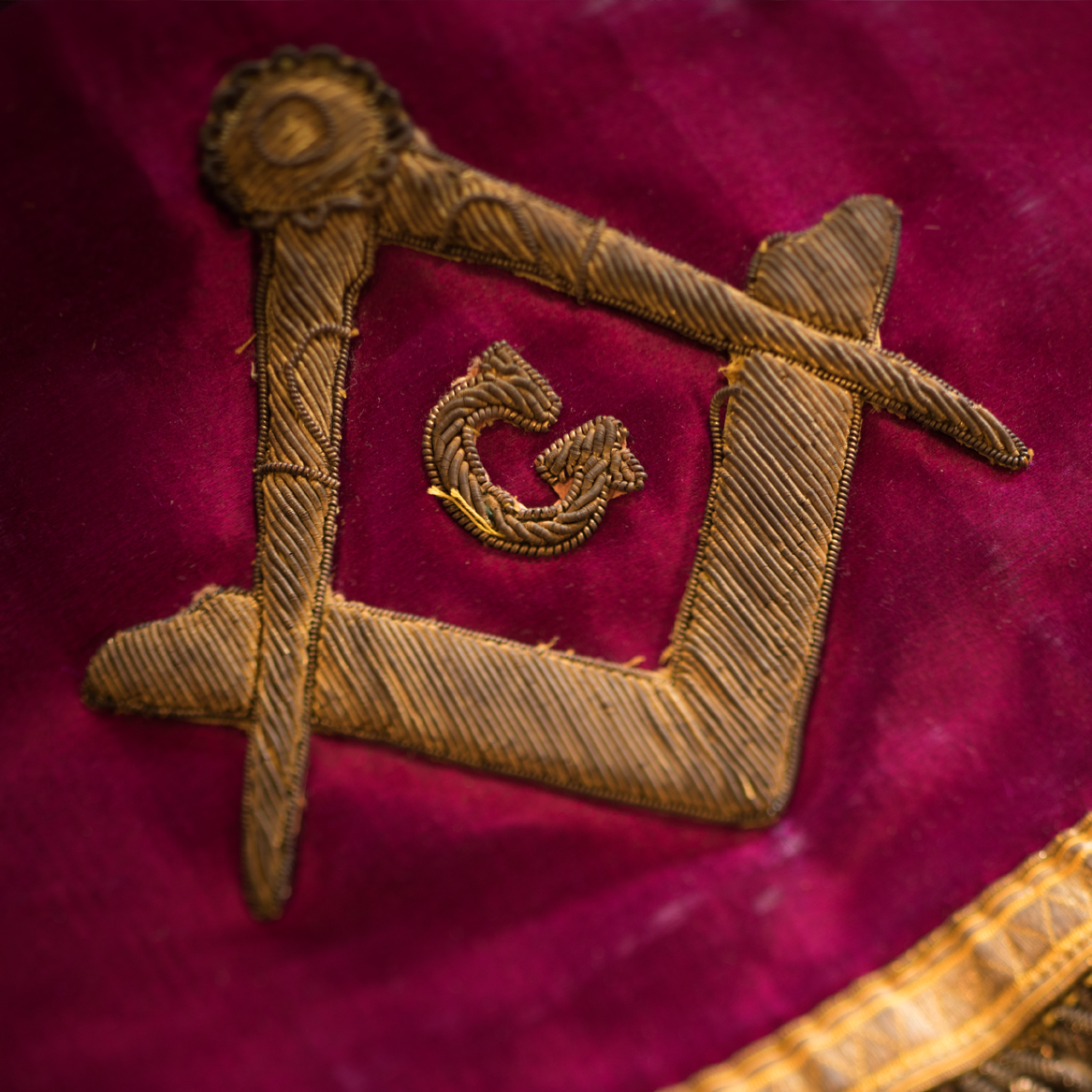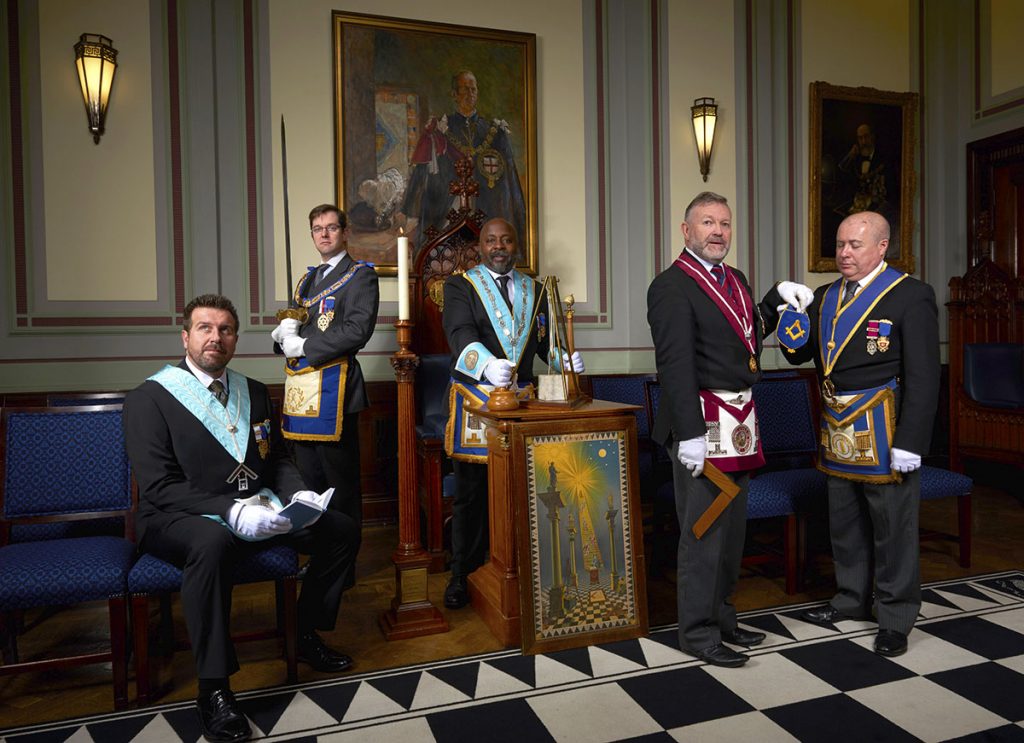Learning the Requirements of How to Become a Freemason with Ease
Learning the Requirements of How to Become a Freemason with Ease
Blog Article
Discovering the Mysteries of the copyright: What You Required to Know
The copyright, a term often shrouded in intrigue and debate, represents a complex tapestry of historic reality and modern myth. Developed in the late 18th century, this secret culture was at first rooted in the Knowledge's ideals yet has actually considering that become associated with conspiracy concepts regarding elite control. As we navigate the origins, crucial figures, and the raw comparison between myth and reality, one need to think about how these narratives influence contemporary assumptions of power and secrecy. What could be revealed through a closer evaluation of these aspects can test long-held assumptions regarding the shadows that stick around in our culture.
Beginnings of the copyright
The beginnings of the copyright are steeped in a blend of historic intrigue and ideological fervor. Established in 1776 in Ingolstadt, Bavaria, by Adam Weishaupt, the group was originally created as a secret society aimed at advertising Enlightenment suitables such as factor, secularism, and the splitting up of church and state. join freemason. Weishaupt, a teacher of canon law, looked for to test the dominating authority of the church and state, which he deemed overbearing organizations suppressing intellectual and individual freedom
The copyright sought to hire significant members from different social fields, including politics, academia, and the arts, to foster a network devoted to these Knowledge concepts. The society run under a veil of privacy, using coded language and rituals to protect its participants from persecution, specifically provided the repressive environment of the time. The copyright encountered substantial resistance from both governmental authorities and religious institutions, which checked out the group as a danger to their power.
Secret Numbers and Participants
That were the critical figures that formed the copyright's very early influence and instructions? The Bavarian copyright, established in 1776 by Adam Weishaupt, became a feedback to the oppressive social structures of the moment. Weishaupt, a legislation professor, envisioned the organization as a way to promote Enlightenment ideals such as reason, secularism, and equality. His first recruitment efforts consisted of influential intellectuals, such as Baron von Knigge, that played an important function in broadening the team's membership and business framework.
One more considerable figure was Johann Gottlieb Fichte, a famous thinker whose ideas on nationalism and education resonated with the copyright's goals. Fichte was not an official member, his thoughtful foundations affected the group's ideological background. Furthermore, figures like the writer and philosopher Johann Wolfgang von Goethe were related to the wider intellectual activities of the moment, although their direct involvement with the copyright remains disputed.
These essential figures added to the copyright's very early direction, pressing the borders of political and social idea, while their cumulative efforts aimed to challenge well established standards and foster a climate of progressive change in Europe. (join freemason)
Misconceptions vs. Reality
Several false impressions border the copyright, typically blending truth with fiction in a method that obscures its true nature. The notion that the copyright continues to apply substantial impact over world occasions is a myth.
Another widespread misconception is that the copyright consists of a network of elite individuals adjusting worldwide events. In truth, several conspiracy concepts overemphasize the group's value, connecting misguided objectives to societal trends and events. This has actually brought about an oversimplified sight of complex issues.
Furthermore, the representation of the copyright in pop culture frequently further misshapes its heritage. Movies and literary works often tend to sensationalize the organization's duty, developing a story that deviates from historical facts. Recognizing the distinction in between the myths and the reality of the copyright is important for discerning the authentic effect of this historical group and acknowledging the wider ramifications of conspiracy theory concepts in contemporary society.

Modern Interpretations
Contemporary interpretations of the copyright typically mirror more comprehensive social anxiousness and a fascination with privacy and power. This contemporary lens frequently connects the copyright with conspiracy concepts that recommend a surprise elite coordinates world events, adjusting governments and economies for their own gain. Such narratives take advantage of an ingrained question of authority, particularly in look at these guys times of situation or social upheaval.
In preferred society, the copyright is typically portrayed as a divine company shrouded in secret, leading to a plethora of imaginary portrayals in literary works, film, and songs. This representation serves not only to delight yet likewise to prompt considered the nature of power and control in modern society. Social media site has actually additionally magnified these analyses, allowing for quick circulation of conspiracy theory concepts and developing areas that share and expand upon these concepts.
In addition, some contemporary interpretations frame the copyright as an allegory for the complexities of globalization and the interconnectedness of influential people and companies. This point of view motivates a crucial evaluation of how power dynamics operate in today's world, highlighting the balance between transparency and privacy in governance and corporate techniques.
Social Effect and Legacy
Influenced by centuries of intrigue, the social impact and tradition of the copyright expand far beyond its historic beginnings. This secret culture, established in the late 18th century, has penetrated various elements of preferred culture, from literary works and film to music and art. join freemason. The principle of the copyright has advanced right into an icon of conspiracy concepts, commonly standing for a regarded covert power manipulating international occasions
In literary works, authors like Dan Brown have actually woven the copyright right into intricate plots, exciting readers with themes of secrecy and power. Films such as "National Prize" and "The Da Vinci Code" even more continue dig this the appeal of the culture, mixing fact with fiction to produce interesting stories.

Ultimately, the copyright's heritage is an intricate tapestry of misconception and fact, forming assumptions of privacy and control in modern discourse. Its long-lasting visibility in society emphasizes humankind's perennial quest for understanding hidden realities.

Verdict
The expedition of the copyright exposes a complex interaction in between historical realities and modern-day myth-making. Founded in the Enlightenment era, this society intended to challenge oppressive structures, yet its tradition has actually been outweighed by conspiracy theory theories that recommend elite control. Comprehending the distinctions between the original perfects and modern interpretations is essential for understanding the sustaining fascination with the copyright and its significant influence on cultural narratives surrounding power and privacy in society.
Report this page